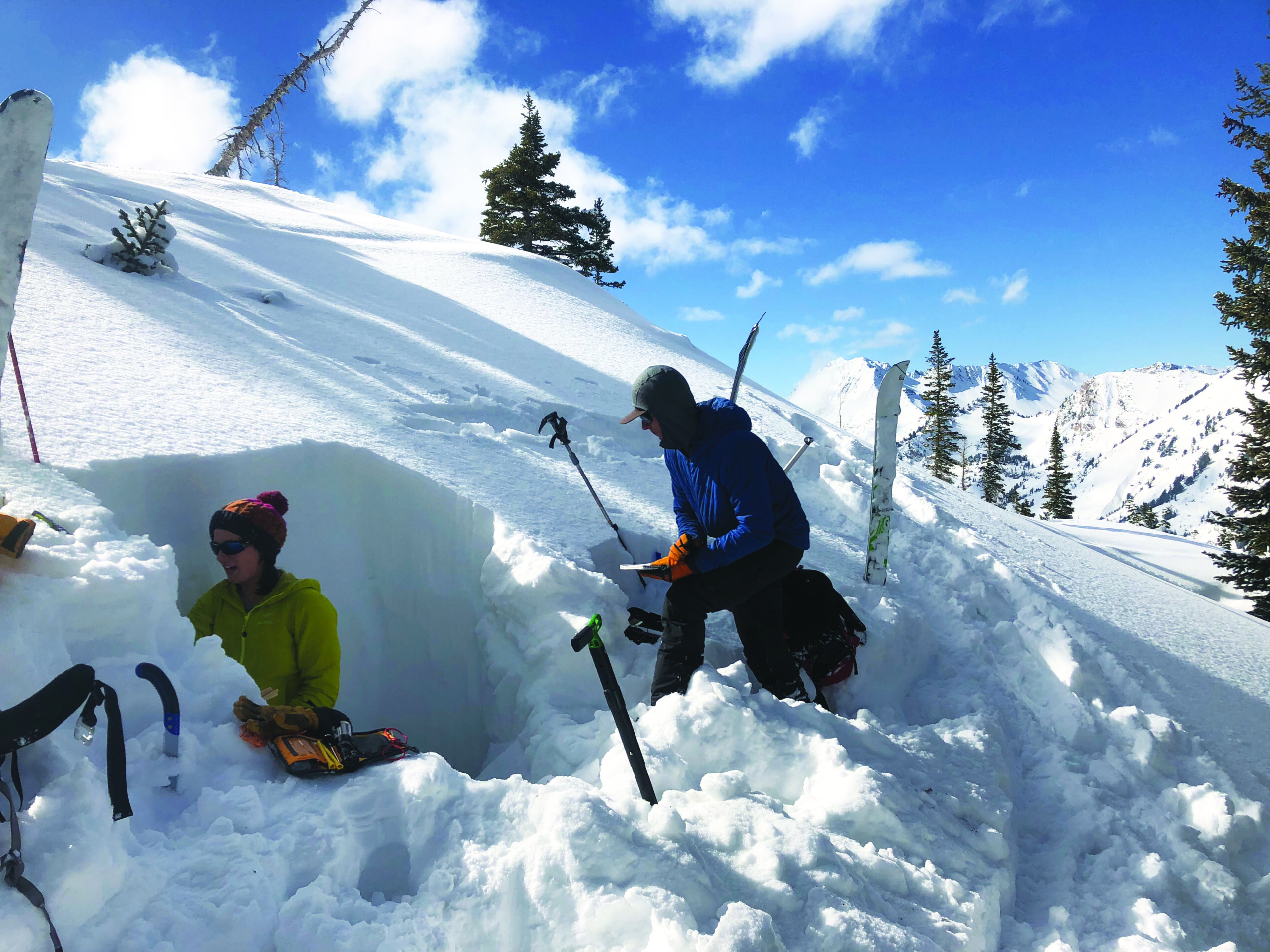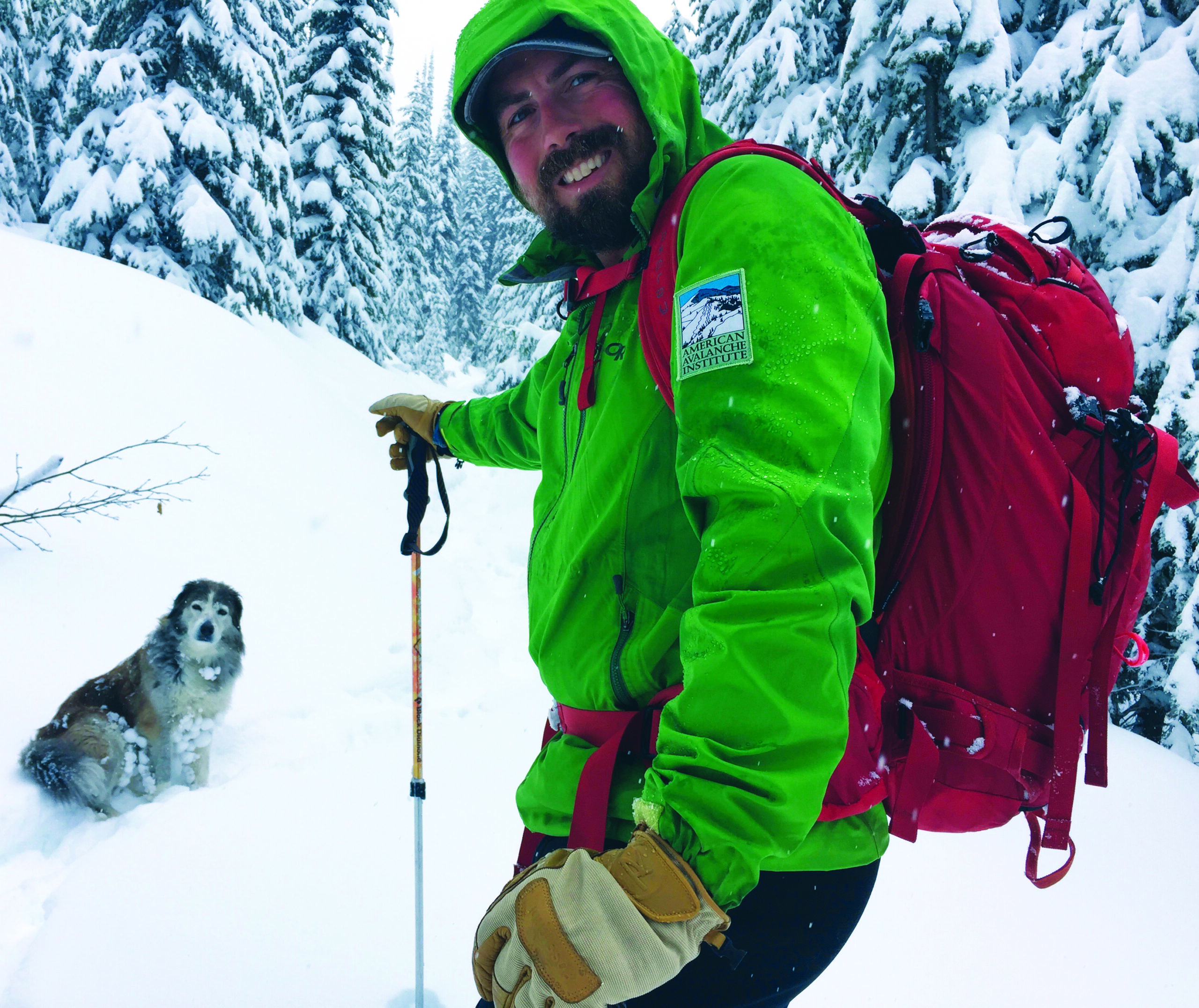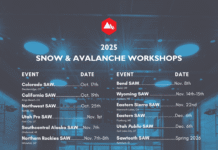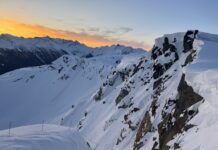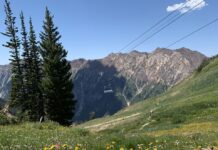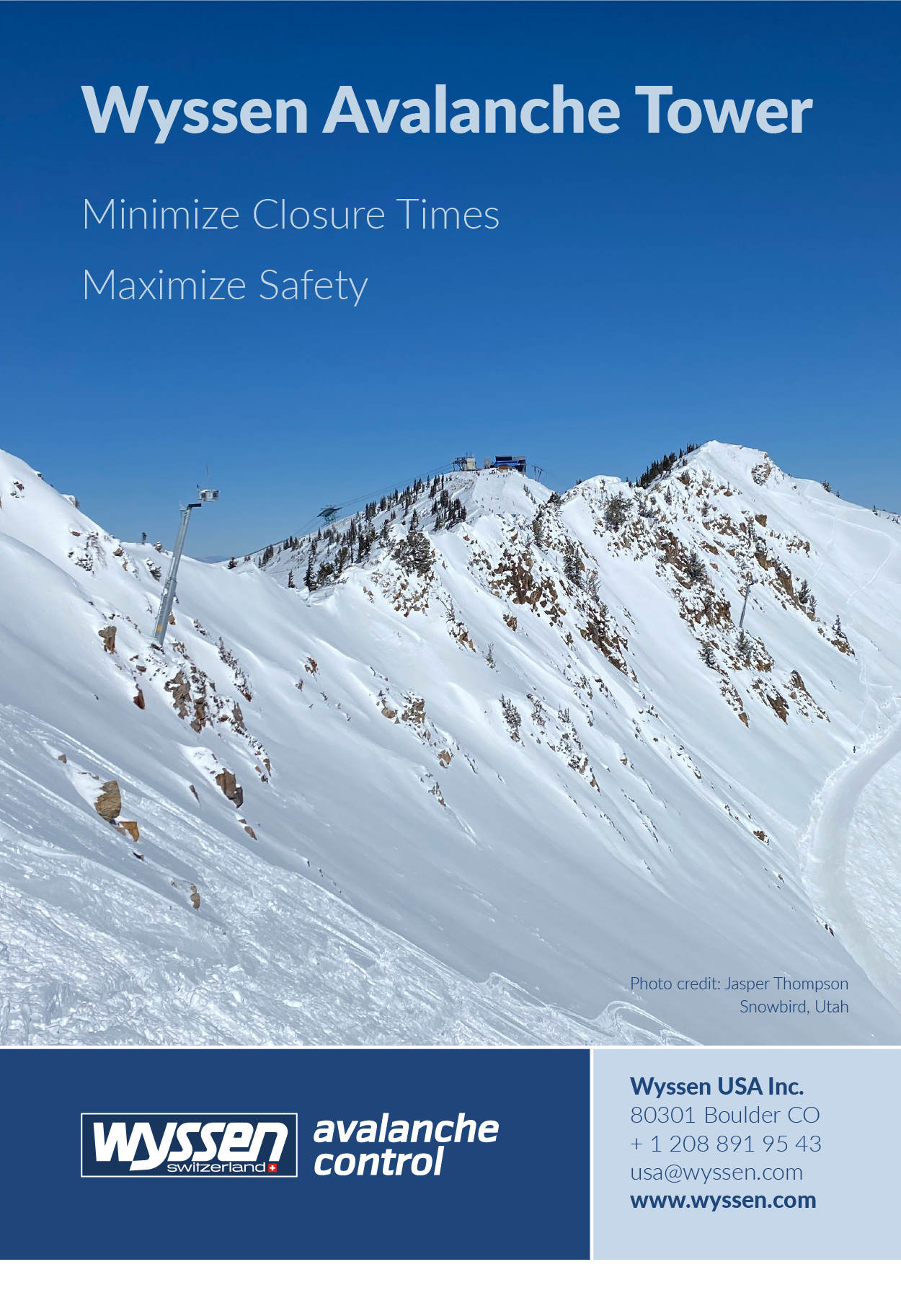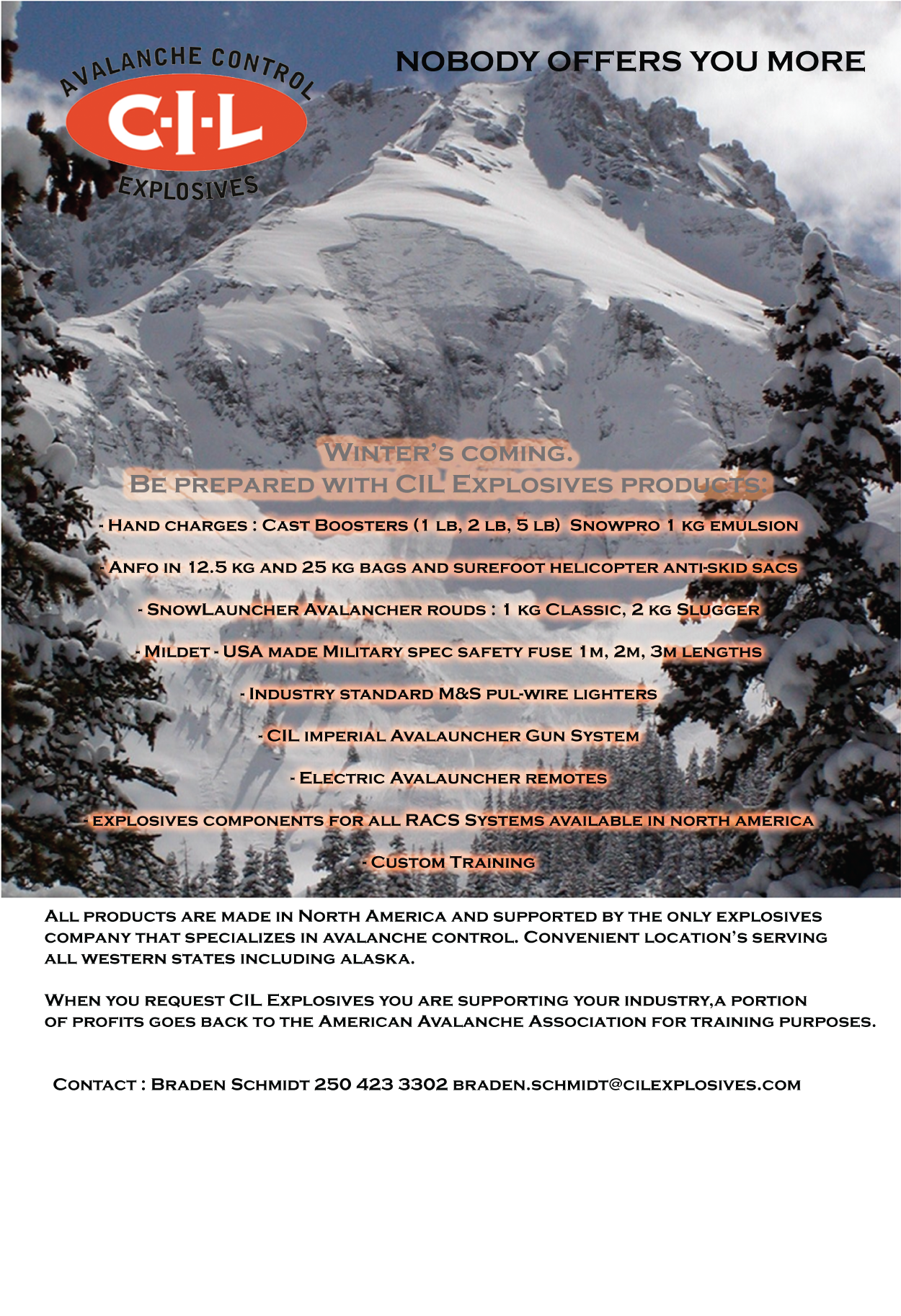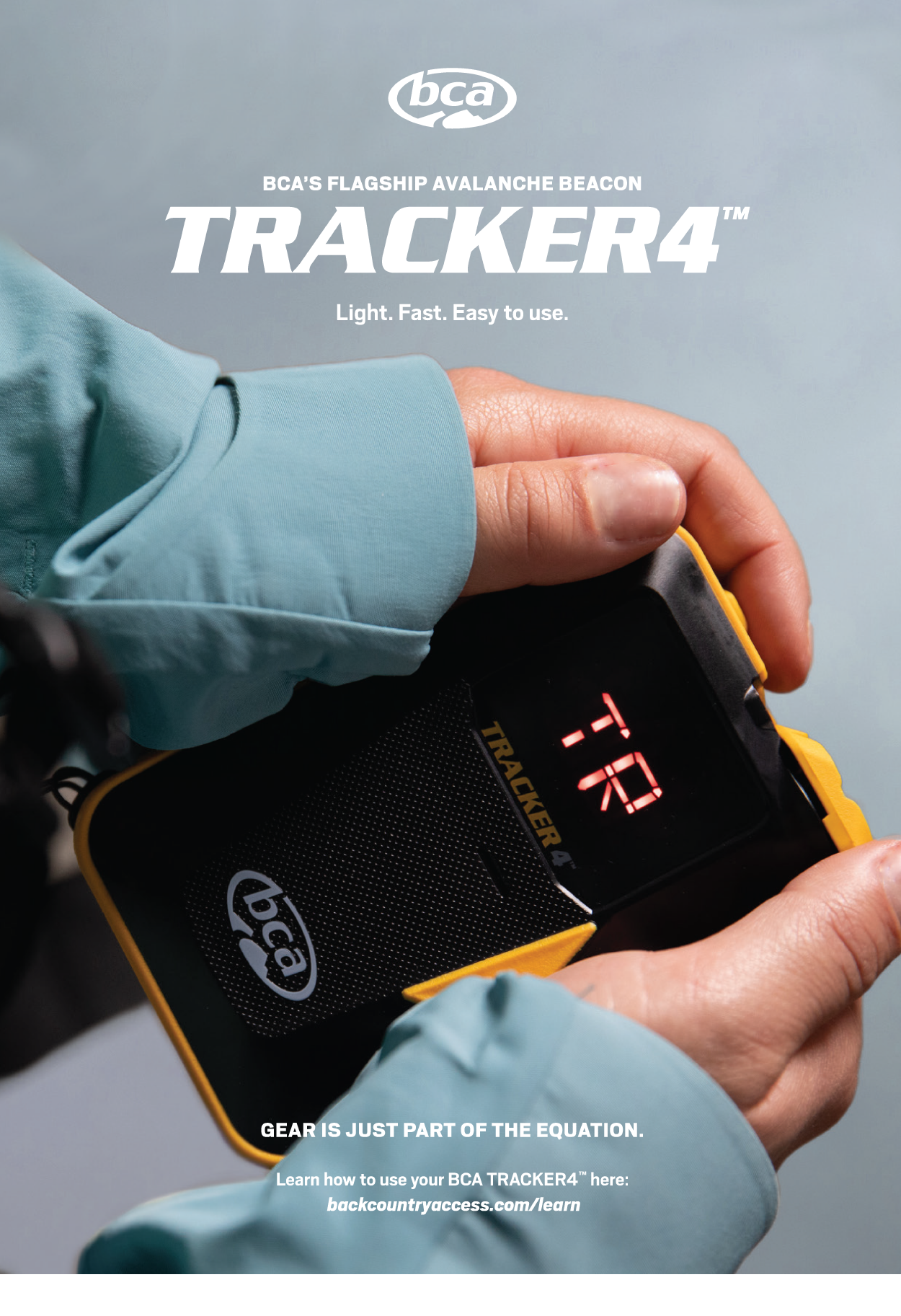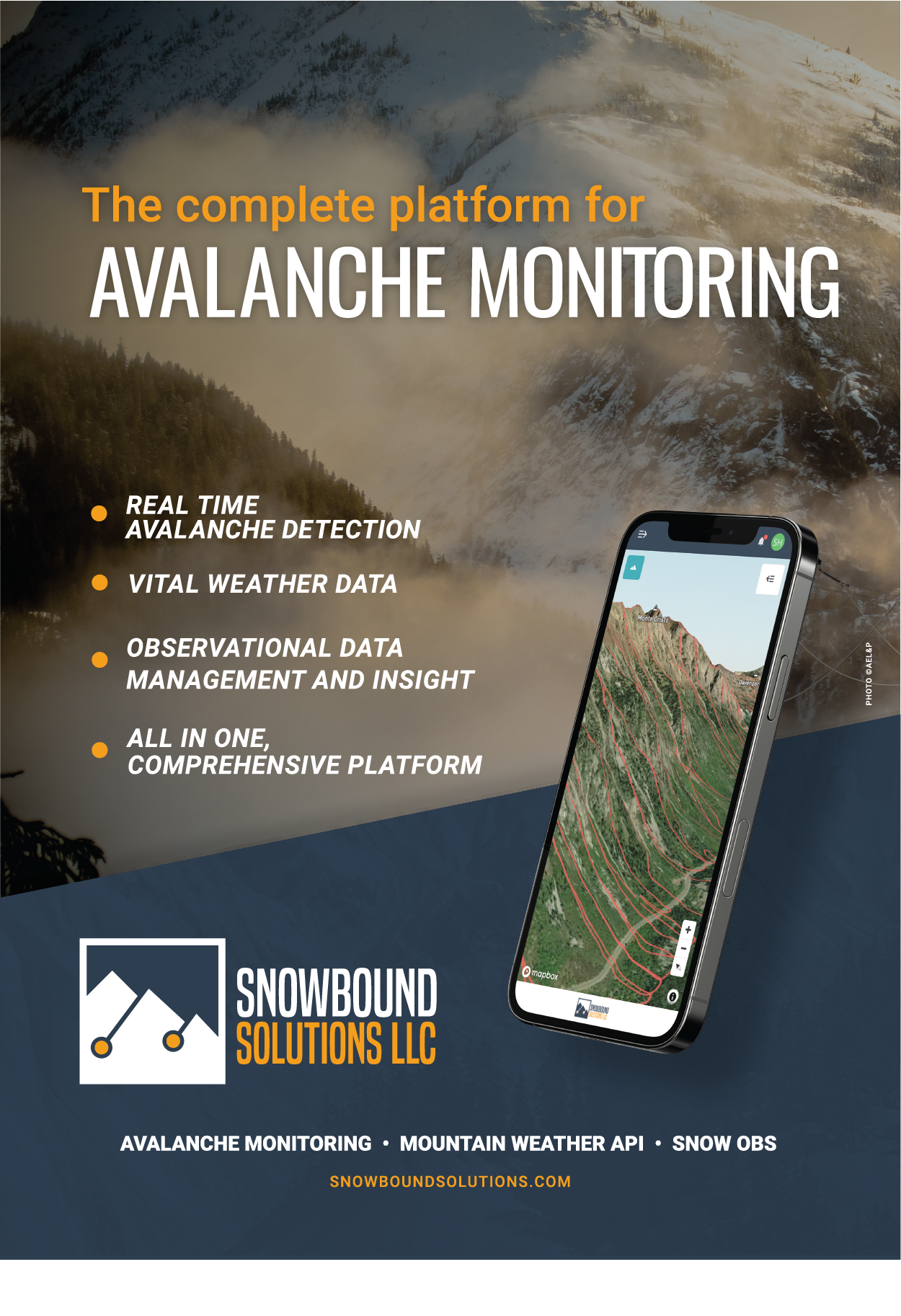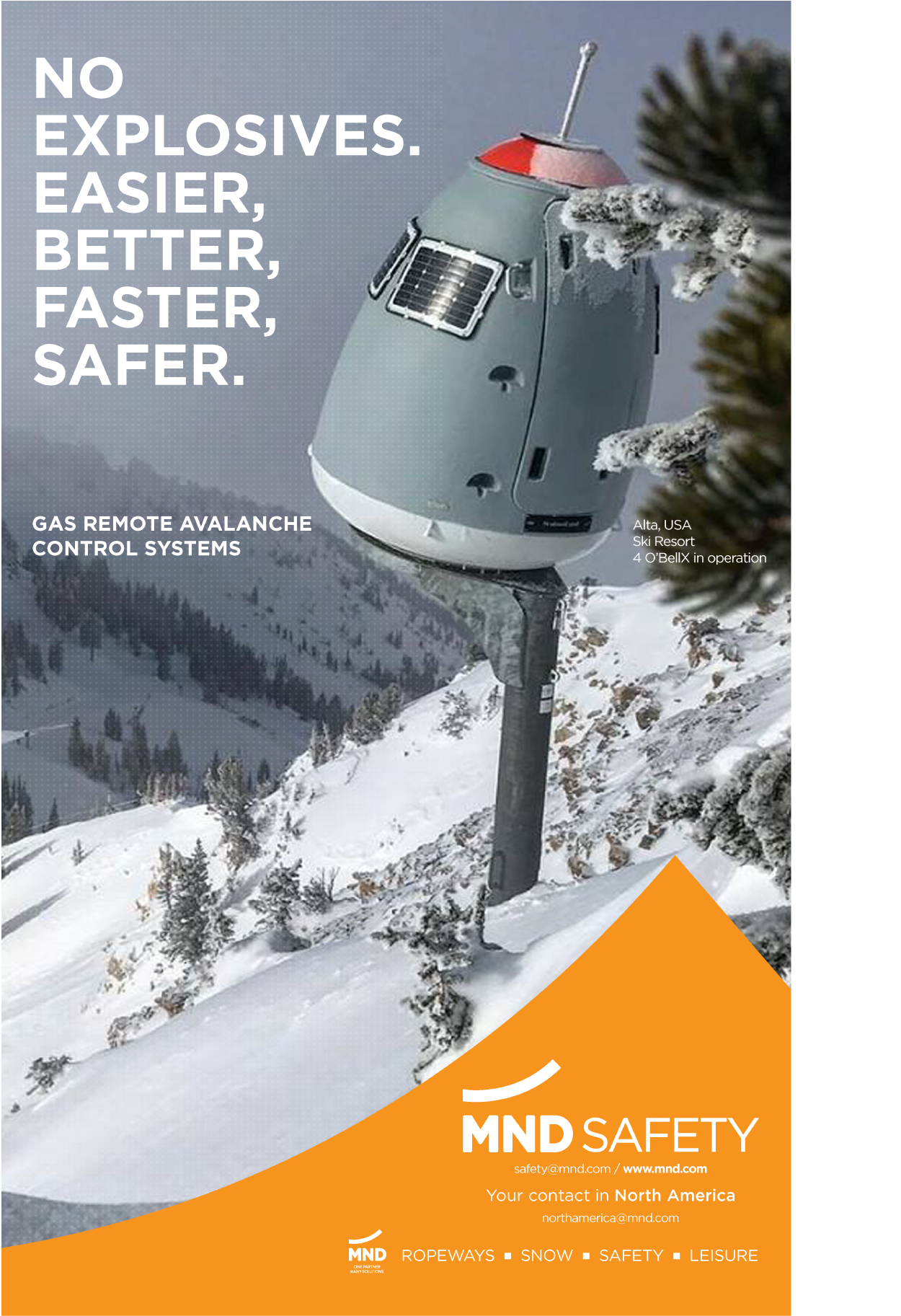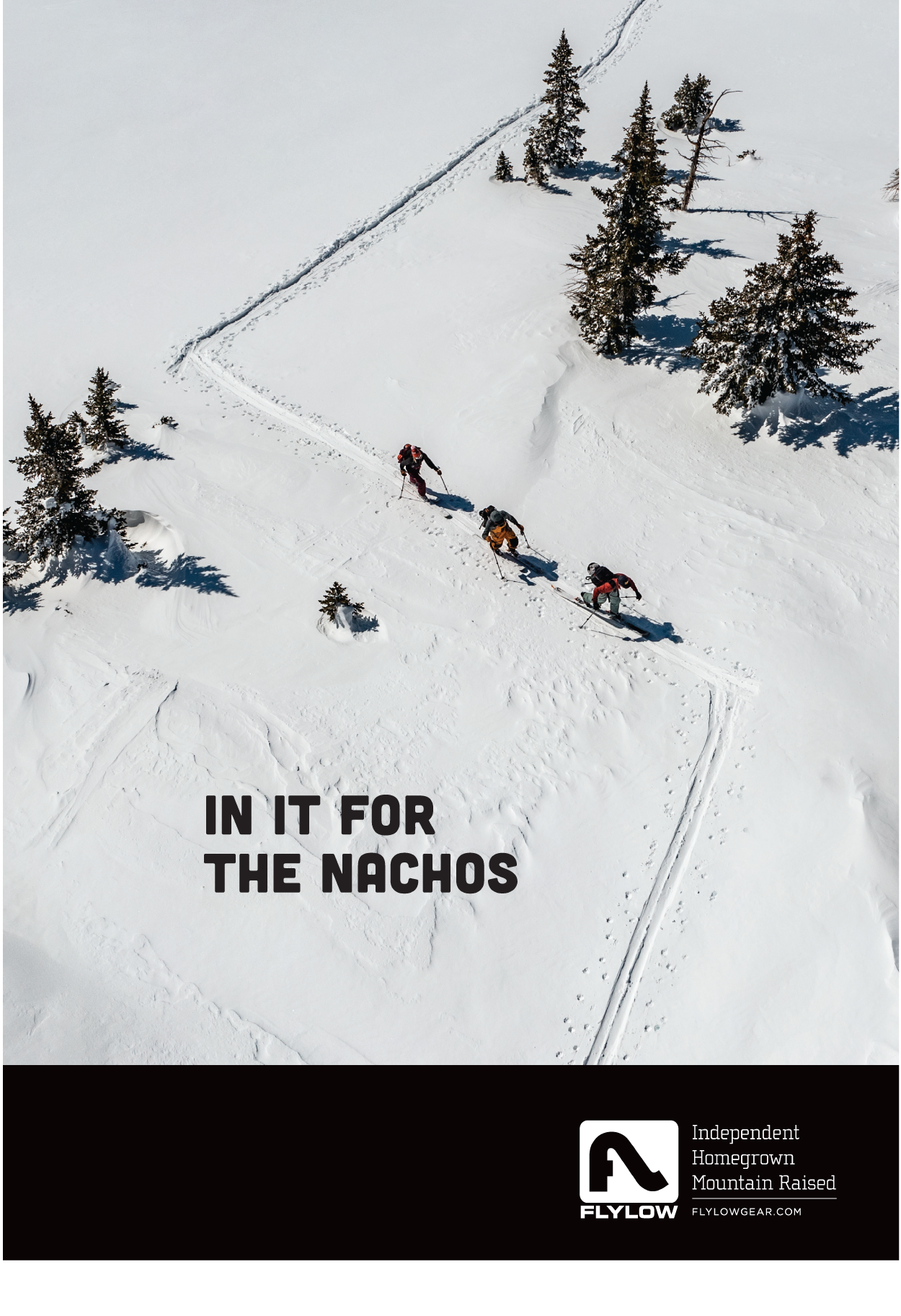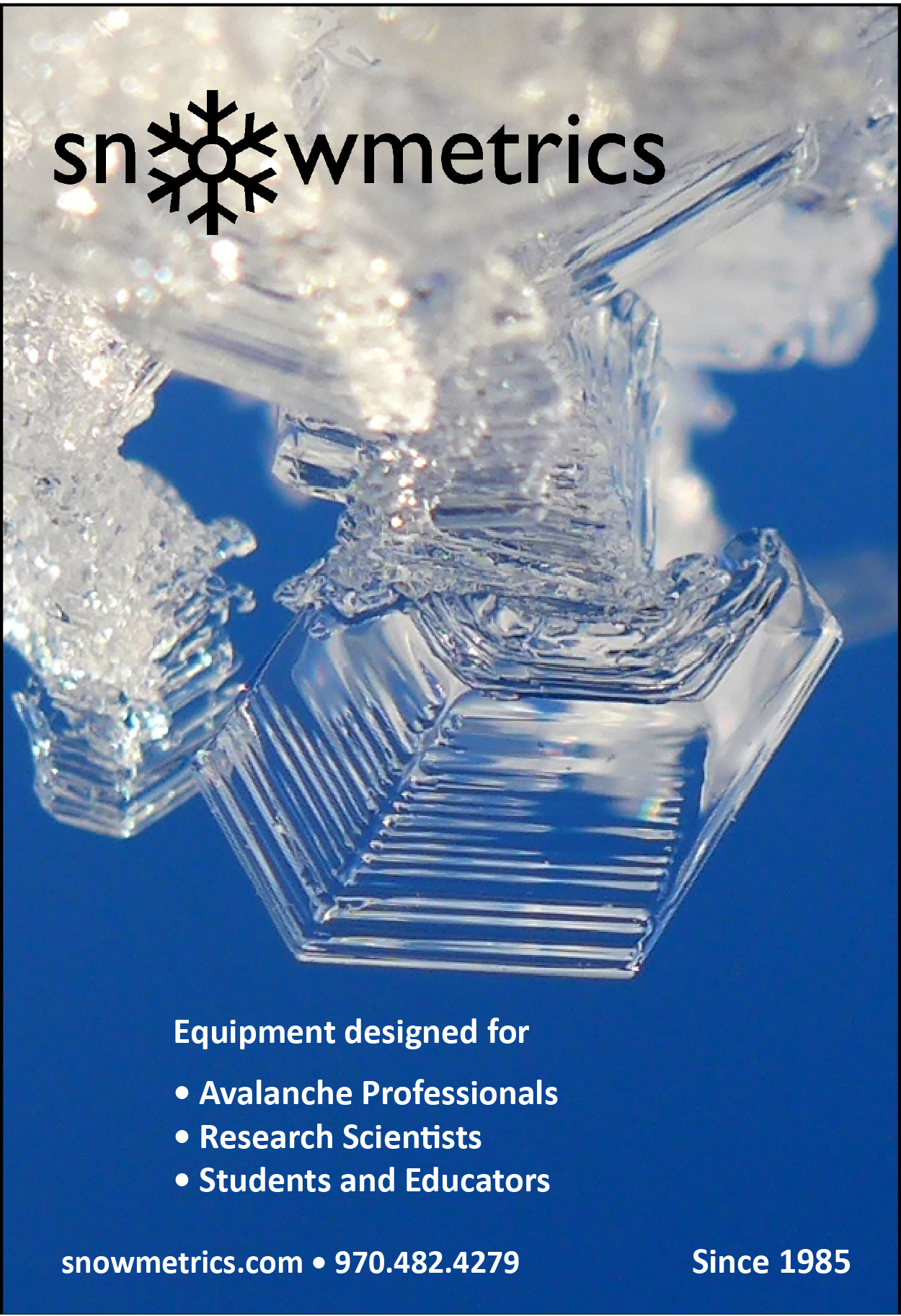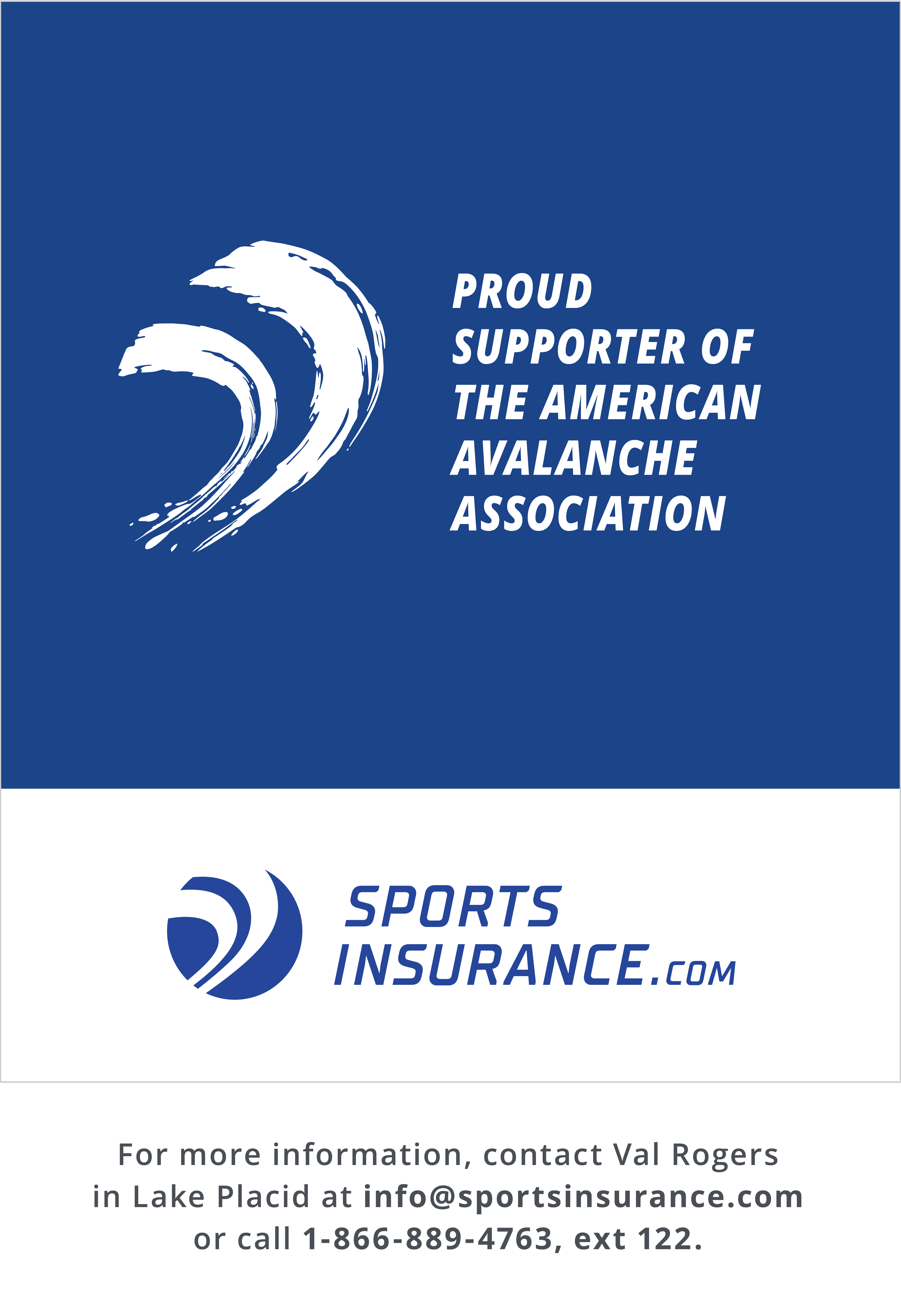Story and Photos by Peter Earle
From Issue 37.1, October 2018: The American Avalanche Association (A3) finalized the new educational guidelines in 2017 and the pro/rec split was rolled out by avalanche educators last winter. With the 2017-18 season in the books, we can look back and glean some insights into the program to benefit educators, prospective students, or anyone wanting to know what’s going on in the avalanche education world.
This commentary comes strictly from an educator perspective; I was not involved in the planning or implementation of the curriculum. As a lead instructor for the American Avalanche Institute, I had the opportunity to teach all the new professional and recreational offerings last winter, except Professional Level II (Pro II). Through teaching this variety of classes, I garnered feedback from students, co-workers and industry professionals that I thought should be shared with the greater avalanche community. What follows are hindsight observations from a low-tide winter of teaching a heavy course load in Utah and Colorado.
Level I & Avalanche Rescue Fundamentals
Whether you are a professional or recreationist in the snow world, everyone begins with the same two introductory course offerings, Level I and the Avalanche Rescue Fundamentals. The Level I curriculum is largely unchanged and offers an introduction to backcountry decision-making and snow science. The Rescue Fundamentals Course is a new one-day course and a great way to dust the cobwebs from student’s transceiver skills and get them thinking about what to do in an avalanche. The course also introduces and reinforces components of group rescue considerations that aren’t covered during Level I Courses. This class should be taken with your usual ski partner(s), as practicing your rescue skills with the people who will be digging you out in a real incident is invaluable.
After completing these fundamental courses, students decide if they want to pursue the professional or recreational course track. For recreational backcountry users the next course is Level II.
Level II
The new Level II course is great for teachers and students alike; it has de-emphasized the nitty gritty snow science topics (the pros can have that) and focuses on decision-making, terrain management and group travel. I found students to be super motivated and able to travel efficiently, allowing us to work through many different terrain features in the field and discuss strategies for managing simple, intermediate, and complex terrain. Additionally, there’s time to practice advanced rescue strategies such as micro-strip search and expanding circle technique as well as taking leadership roles in small group rescues. I had several “aha” moments last year when Level II students were able to find a second victim using one of the techniques listed above, and I’m confident that discovery learning moment will stick with them for years to come.
Level II is the end of the road for recreational users (however refresher courses and re-taking Avalanche Rescue Fundamentals is highly recommended). For the Professional Track we’ve only just begun.
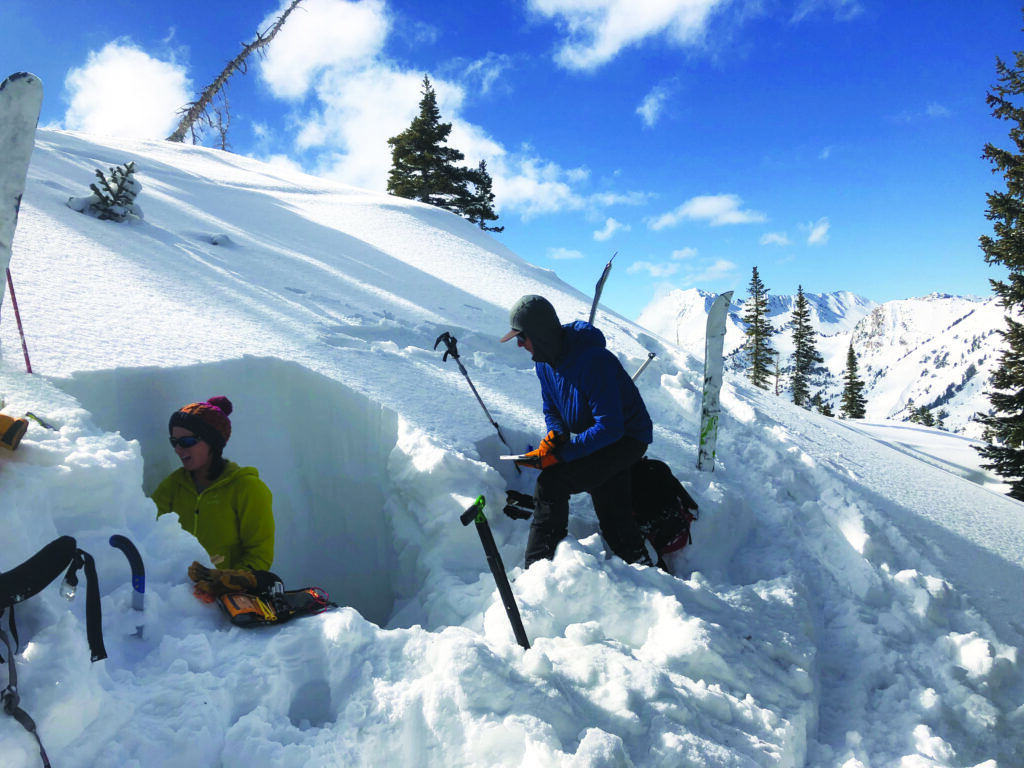
Professional Level I
The Professional Level I Course (Pro I) is the new baseline for all avalanche professionals. With its emphasis on SWAG snow and weather observations and full profiles, this course is creating observational foot soldiers. I wish there were a way to spend less time in snowpits, but it is important that students leave the course with a consistent pit routine and solid craftsmanship. I found many entry-level students had done very little pit work before this course, and it took the full five days of the course and lots of coaching to reach a passing standard. There is also an emphasis on communicating pit results succinctly and thoroughly using simulated radio calls. No one likes a radio rambler! It may take years to become dialed at interpreting the information gathered from the various observations taught; however, students who pass the course generally leave with reliable and replicable skills which they can take to any professional setting. Whether aspiring to a position at a guiding service, ski patrol, or highway program, or looking to refresh skills after a gap in education (anything over five years), this is the course for you.
Rescue Test Micro-Rant
After administering over 100 Rescue Tests this year, the common theme was that transceiver skills are good, but there’s still room for improvement in probing and digging technique. Students struggled to maintain adequate spacing while probing and often probed 10-12 times in an area that could have been covered in 4-5 well spaced probes. Additionally, when digging in hard snow (read: “debris-like conditions”) students often struggled to dig efficiently. Be strategic! Finally, there should be more urgency in all stages of the rescue. If you aren’t operating at an anaerobic level by the time you extricate the second target, you aren’t working hard enough! There is absolutely no reason that students shouldn’t be able to crush the rescue test with flying colors; practice often!
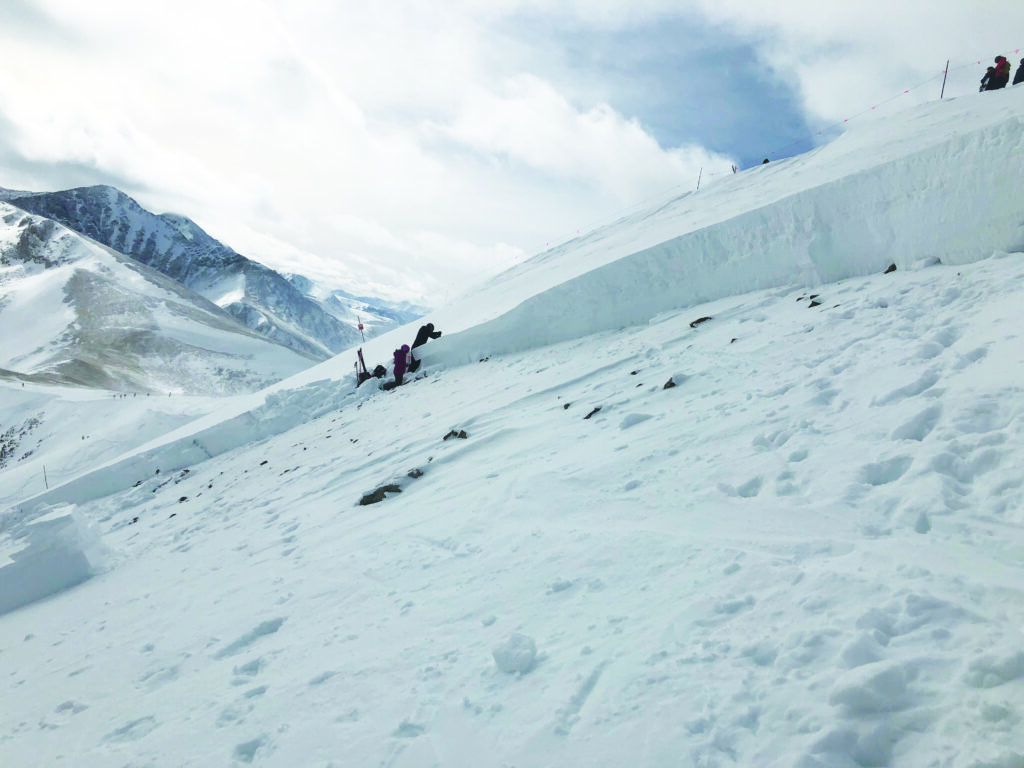
Professional Level I Bridge Course
This course should be called the Pro I Challenge Test, as you’re effectively challenging the standard and testing out over a two-day period. Most students showed up prepared for this course, however this course rendered more failures than any other course I taught. Generally the students who struggled were very new to working in the professional setting or simply didn’t practice prior to the course. AAI offers a robust video library as well as other pre-course materials that students reported helped them immensely in their course preparations, and likely made my job as an evaluator easier. Bridge courses will be offered for two more seasons; however, if it has been more than five years since your Level II, I highly recommend taking a full Pro I Course, as you will retain much more from it.
Professional Level II
I didn’t have the opportunity to instruct a Pro II last year, but I reached out to several students and instructors and will attempt to synthesize their feedback. First off, students reported the Pro II to have a greater workload than the old Level III. There is greater emphasis on forecasting, and exercises that require synthesis between on-the-fly pit results, likelihood and size of avalanches, and return period for specific terrain using topographical maps. One bonus is that there are no formal snow profile evaluations or rescue tests as these are assessed in Pro I. The end result is a focus on forecasting and a big picture mindset. If you’re considering a Pro II course, remember this course is designed for those who have a number of years under their belt in a professional setting. It may not be appropriate for newer patrollers or entry level guides to take this course as soon as they may think. Consider your work experience as a precursor to this course and dive in head first only once you’re ready.
Final Thoughts
To summarize my experience last winter, the new educational standards are delivering a far superior learning environment for recreational and professional students alike. Separating the two user groups allows for more focused and applicable presentations and discussions.
With such a heavy emphasis on hard skills in the pro courses, I think we should not forget about the importance of professional decision-making, communication, and ultimately worker safety. It is challenging to “teach” decision-making, it generally comes from repetition and pattern recognition, but it is a cornerstone of worker safety. I am concerned that a heavy emphasis on SWAG standardized observations and snowpit technique may gloss over the need for the soft skills that often keep us alive in avalanche terrain. I work hard to find time in content-heavy courses to emphasize communication using Crew Resource Management and to discuss tools to make decisions in an operational setting.
One of the most interesting observations came from the courses that included patrollers, guides, and other burgeoning professionals. Hazard recognition should be the same regardless of discipline (ie the patroller targets the instability while the guide may avoid it). With mixed student groups, patrollers told stories of ski cut near misses, unexpectedly large cornice failures, as well as other notable results. Guides often maintain a margin with guests that keeps them away from these most active results and it was great for them to hear recounts of these close calls. Conversely, patrollers learned from their guiding counterparts the complexity and nuance of moving through terrain as well as partner management. A number of recent close calls and accidents in the mitigation community have involved improper safe zones or poor communication with route partners. The cross training that occurs between disciplines in the Pro Courses will ultimately increase the safety and knowledge of both groups.
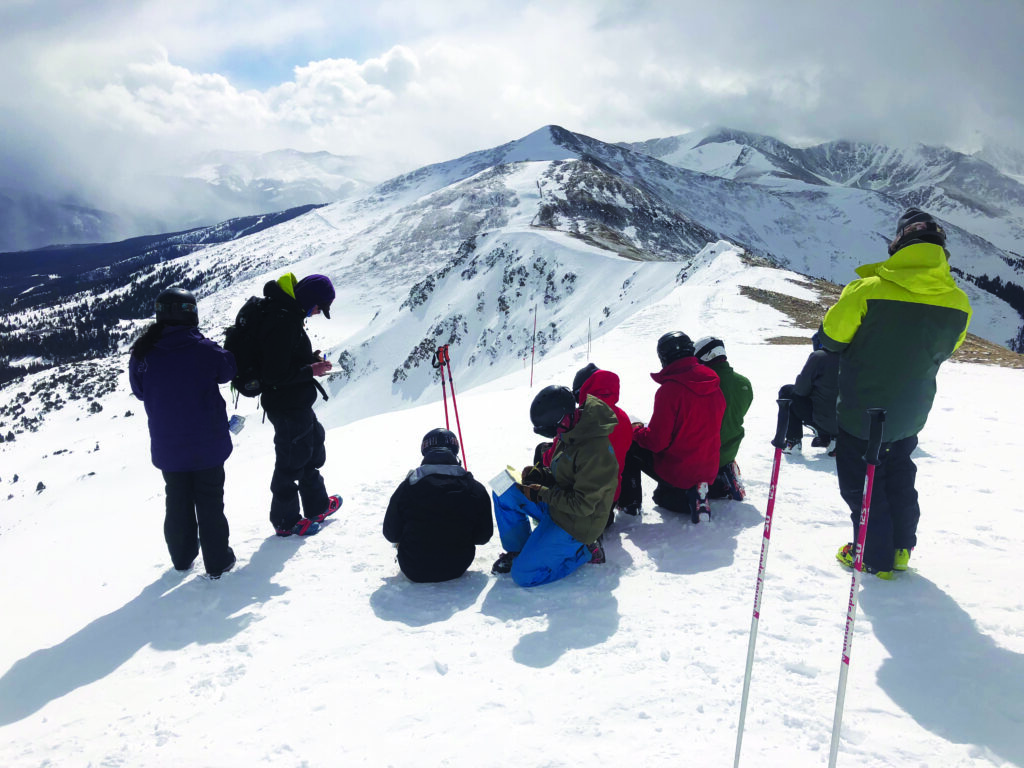
There are still challenges ahead as we move to year two of the New Educational Normal (NEN for you telemarkers). I think our current trajectory is leading us in a great direction for more knowledgeable and safe recreational travelers and avalanche professionals. We are using uniform nomenclature, performing the same stability tests, and making consistent and replicable observations which all aid our information sharing. This will make us all better members of the greater avalanche community.
For anyone taking a professional course this winter, I offer the following tips for success:
- Come prepared! You will be swamped if you don’t practice what you know before starting class. Begin preparing at least a month early.
- Show up well rested and block out your schedule during the course. Don’t work a second job or participate in late-night social activities. There is an abundance of homework that will tie up your evenings.
- Whether you take this course in your home range or travel to a new zone (there are good arguments for both) be sure to have a quiet and comfortable sleeping arrangement. Nightly internet access is essential as well.
- Get out in the snow, dig pits (full, test+, and test) and make SWAG standard snow and weather observations with mentors.
- Develop your professional skills. There are mapping and terrain evaluation exercises (in Pro I) that pair with operational planning exercises (in Pro II) that will challenge you. Practice using topographical maps.
- Review snow crystal ID—The International Classification for Seasonal Snow on the Ground has great photos for review.
- Read pertinent books/articles (Staying Alive in Avalanche Terrain or Snow Sense for Pro I, current mechanics research and metamorphism processes for Pro II).
- Bring a positive attitude and willingness to learn and share knowledge with your peers.
For more information on course offerings and providers, visit www.americanavalancheassociation.org/educators/.

